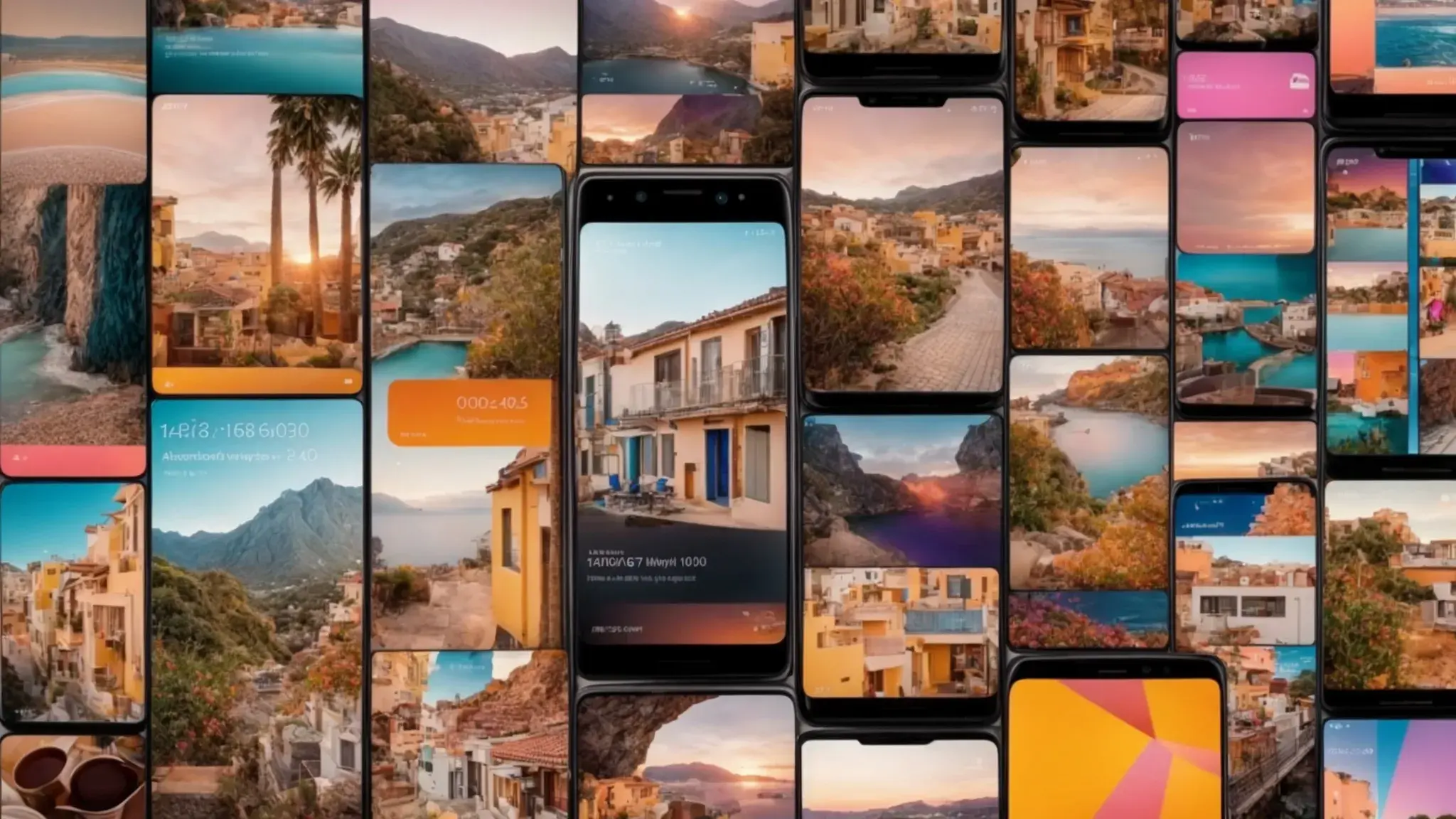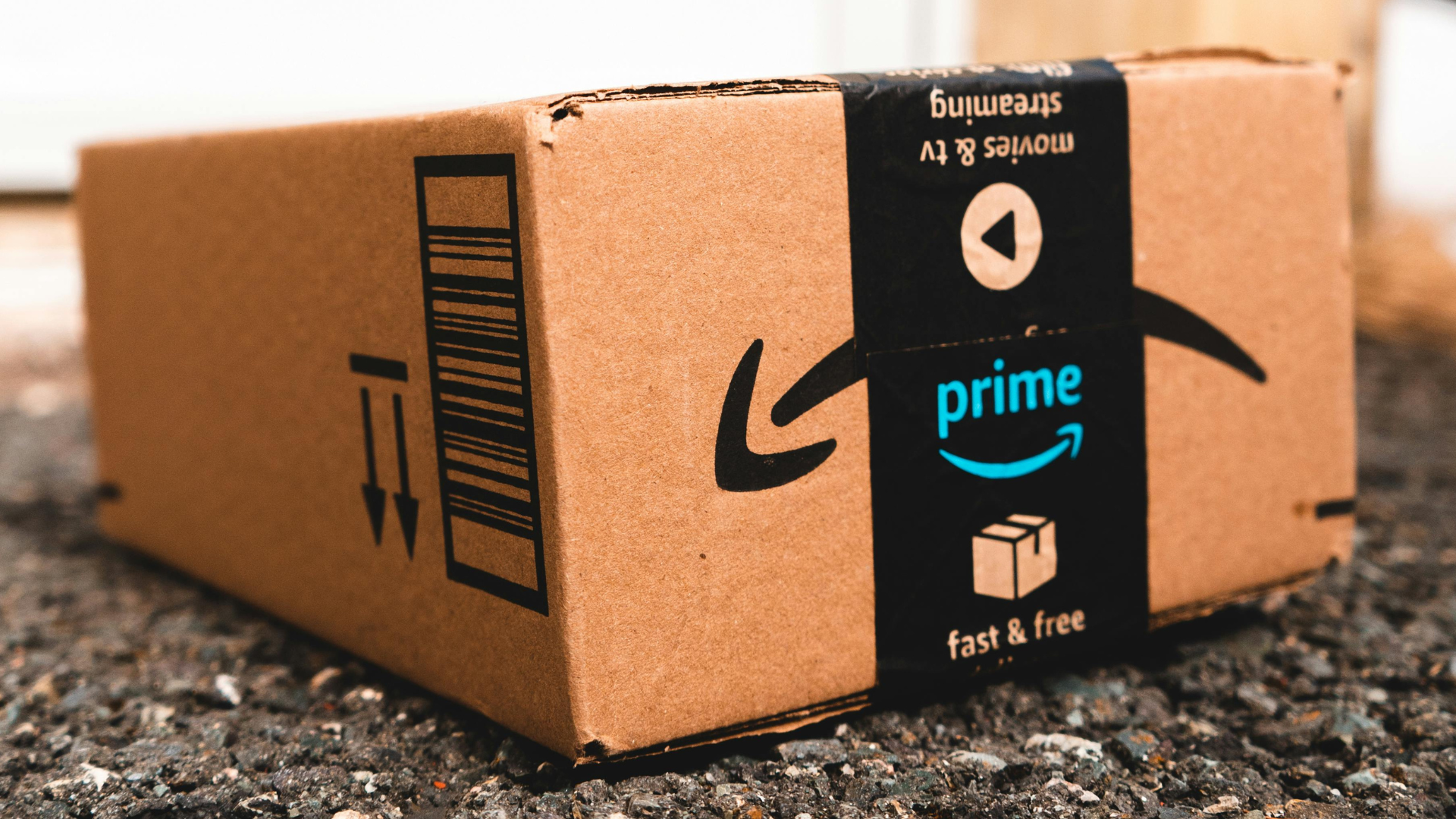CPA = Cost per Acquisition
CPA = Total costs / Total number of conversions
or what it costs, on average, to get a desired action
The CPA metric measures the average costs that go into getting a single desired action, for example, a conversion.
The key shortcoming of CPA as a key performance indicator (KPI) metric is that it doesn’ take into account the value of the item or service sold.
Imagine an extreme example where you’re selling keychains and Ferraris at a CPA goal of 200 Euro. It’s immediately obvious that you’re paying way too much for every keychain sold but that you’re woefully underbidding on Ferraris. You’re throwing money away on keychains and losing out on big opportunities to sell Ferraris.
A more realistic case could be a company selling handbags where some of them are Oasis-branded handbags that only cost 20 Euro and others are Gucci handbags that cost a small fortune. Both purchases could be triggered by the same keywords.
It’s increasingly rare that CPA is the best possible metric for an advertiser. Even traditional lead-generation companies like insurance companies and medical centers are increasingly moving towards understanding the value of each click:
- Did the consumer coming in with the keyword “insurance” choose an expensive car insurance or quick travel insurance or maybe both?
- Did the prospective patient book a general practitioner visit or an MRI scan?
The cash flow difference is immense and needs to be accounted for or big money is left on the table.
ROAS = Return on Ad Spend
ROAS = Campaign revenue / Cost of campaign
When you put one Euro in, this is how many Euros you get out
ROAS is a digital marketing metric that tells you what return you’re getting for your advertising investment. ROAS can either be expressed as a ratio, such as 5:1 or percentage, 500%.
In Google Ads, you can see ROAS by enabling the column “Conversion value/cost.” A ROAS of 5:1 or 500% would essentially mean that when you put 1 Euro in, you get your 1 Euro back and 4 Euro more on top.
What ROAS each company should be aiming for is dependant on its gross margins, which include costs such as product or service profit margins and operating expenses. Higher margins mean you can afford a lower target ROAS KPI because you have more leeway before you become unprofitable.
ROAS and ROI are closely related but not the same thing. ROI is a measure used to investigate the amount of additional profits produced by an investment. ROI tells you how much more or less you get in addition to your investment. An ROI of 400% is thus the same thing as a ROAS of 500% — a significant difference!
CPV = Cost per Value
CPV = Cost of Campaign / Campaign revenue
CPV of 10% means your costs are 10% of your sales revenue; for every Euro of sales, 10 cents goes into advertising costs and you have 90 cents left.
CPV is also known as cost of sales and is a metric that shows cost as a percentage of revenue. CPV is more convenient to ROAS as a cost-efficiency metric as it gives a clearer indication of expense and return ratios.
Looking at a CPV of 27.5% clearly indicates how much you make on every Euro whereas the respective ROAS of 3.77:1 or 377% can be a bit confusing especially when it could easily be confused with being the ROI. Regardless of which one you prefer, you can always easily switch between the metrics — ROAS and CPV are inverses of each other.
CPV = (1 / ROAS) * 100% and ROAS = (1 / CPV ) * 100%
Profit, AKA Revenue Growth
Profit or revenue growth is what your business is ultimately after. It’s great to make high revenues at low costs of sale. However, based on your margins, a sale may be hugely profitable or even losing your business money.
The Holy Grail of pay-per-click advertising is when you’re continually measuring how much profit you make on each individual product that made it into your customer’s shopping cart. Did an electronics retailer’s customer who searched for “smartphones” buy a high-margin iPhone or a low-margin Android phone?
The Finch campaign optimization solution takes things like audience, device, production, shipping, and currency exchange into account when focusing on maximizing your business’s overall revenue growth.
Net profit = Total revenue * Net profit margin
Net profit = Campaign revenue * Profit margin – Cost of campaign
The Online Advertising KPI Quiz — Are You Ready?
So you think you know these metrics and are ready to fend off anyone in your organization who has their numbers mixed up? Test yourself and find out.






